What is Dimensional Tolerance?
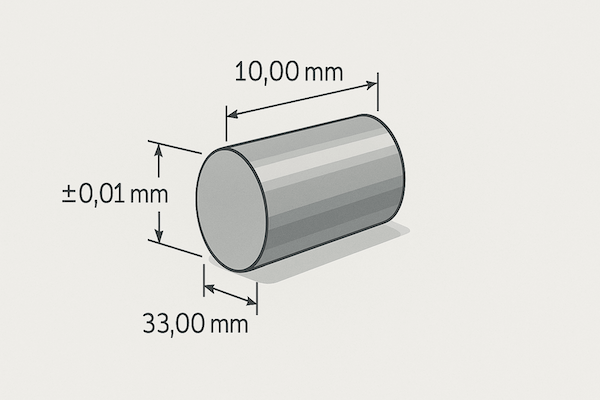
Dimensional tolerance refers to the permissible limit or limits of variation in a physical dimension—such as length, diameter, or thickness—of a manufactured part. It defines how much deviation is acceptable from the nominal dimension without compromising the function or interchangeability of the part.
For example, a carbide rod with a nominal diameter of 10.00 mm ±0.01 mm can have a diameter anywhere between 9.99 mm and 10.01 mm and still be considered acceptable.
Why is Dimensional Tolerance Important?
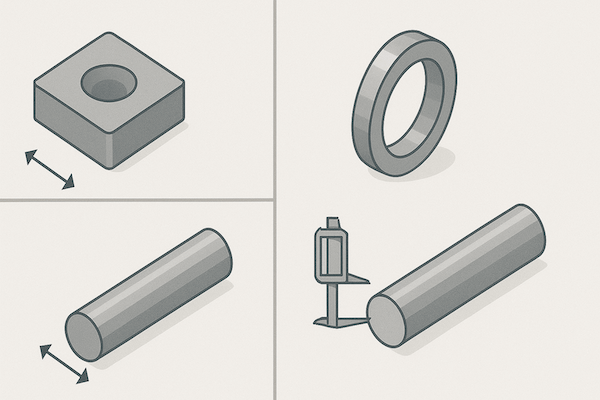
In high-precision industries like aerospace, automotive, medical, and electronics, parts must fit and function within extremely tight constraints. Even slight deviations can lead to assembly issues, performance degradation, or product failure. That’s why dimensional tolerances are critical for ensuring:
Interchangeability of components
Reliable performance under stress
Consistency in mass production
Minimized post-processing time
The Role of Dimensional Tolerance in Tungsten Carbide Tools
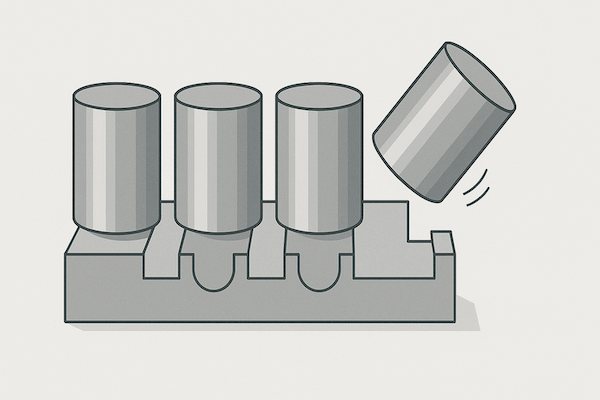
Tungsten carbide, known for its exceptional hardness and wear resistance, is widely used to manufacture cutting tools, wear parts, dies, and nozzles. Due to its brittleness and high hardness, carbide parts are typically ground to final dimensions rather than machined.
In the case of carbide tools, dimensional tolerances directly affect:
Cutting accuracy
Tool life and repeatability
Mounting compatibility with tool holders or molds
Thermal expansion gaps and stress distribution
Common Examples:
Carbide Inserts: Tolerances in thickness or corner radii affect how inserts sit in holders and the precision of the cutting edge.
Seal Rings: Poor tolerance can lead to sealing failure in pumps or compressors.
Carbide Rods or Blanks: Used in end mills and drills, precise diameters are required to fit standard grinding machines and tool holders.
Tolerance Grades and Standards
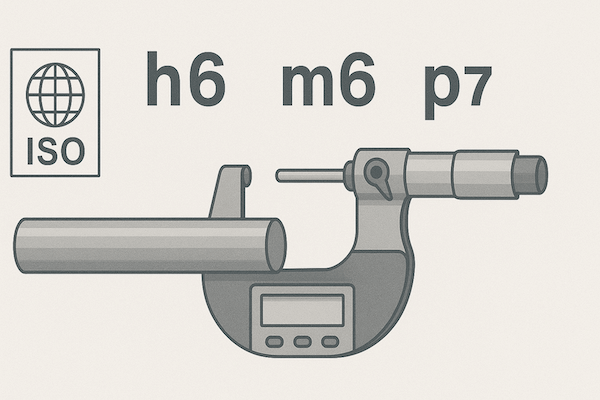
Dimensional tolerances for tungsten carbide tools are usually based on international standards such as:
ISO 2768 – for general tolerances
ISO 286 / DIN ISO 286 – fits and tolerances for cylindrical parts
ISO 3295 / ISO 13399 – for cutting tools and inserts
High-precision carbide tools often use tolerance grades such as h6, h7, m6, etc., with tolerances as tight as ±0.001 mm for critical applications.
Manufacturing and Inspection
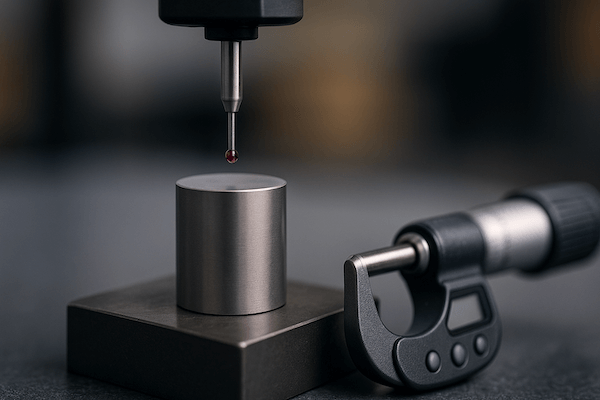
Due to the high hardness of tungsten carbide, achieving tight tolerances requires advanced grinding, lapping, and sometimes polishing. Inspection methods include:
Digital micrometers and calipers
Coordinate Measuring Machines (CMMs)
Optical comparators and laser scanners
Consistent dimensional control ensures high-quality tools that meet exacting customer requirements across various industries.
Conclusion
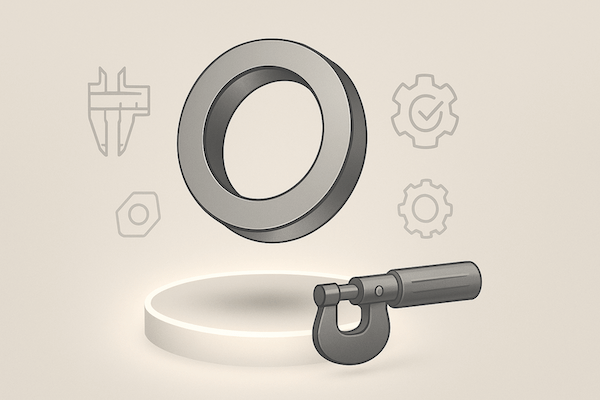
Dimensional tolerance is a cornerstone of precision engineering—especially when it comes to tungsten carbide tools. Whether it’s a cutting insert, a nozzle, or a seal ring, strict adherence to tolerance standards guarantees performance, reliability, and long-term wear resistance. As applications demand ever-higher precision, the role of dimensional tolerance in carbide tooling continues to grow in importance.
